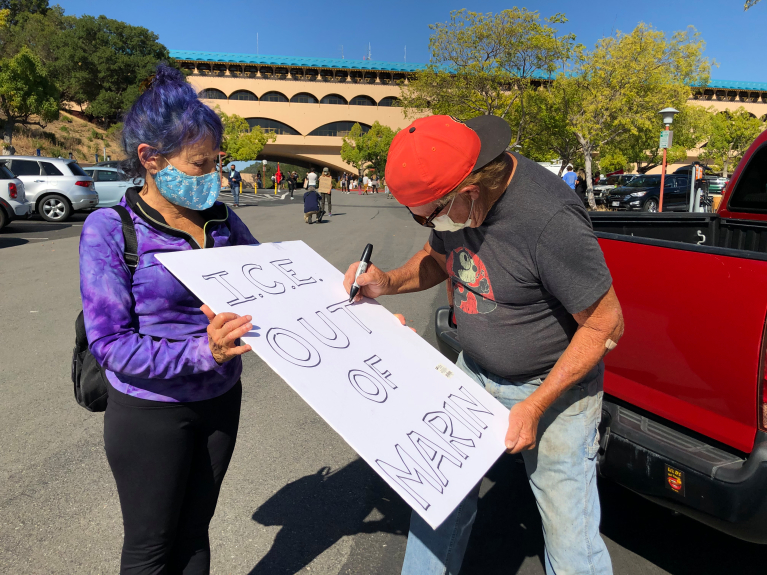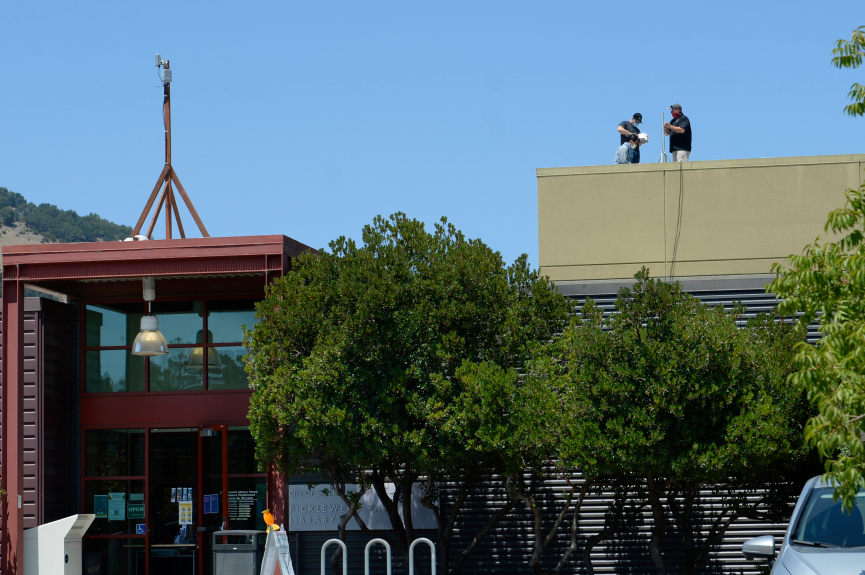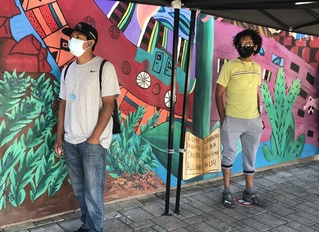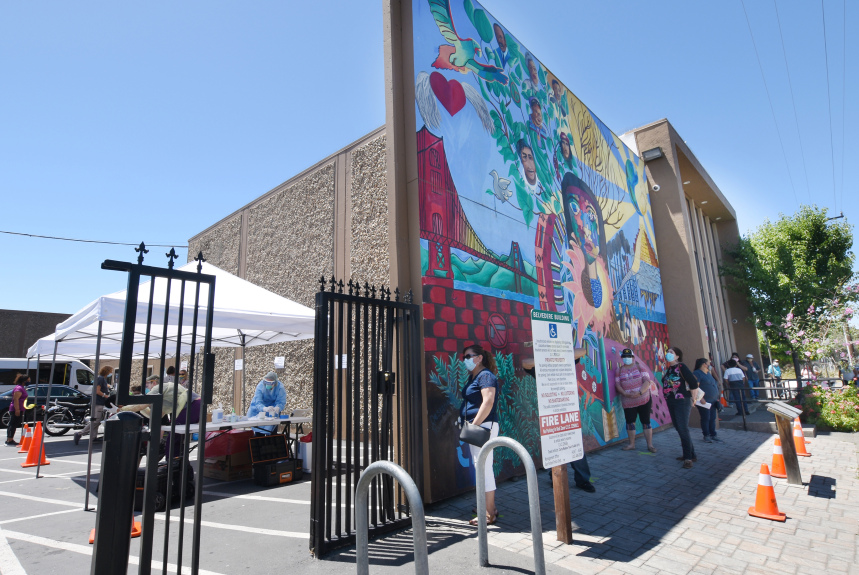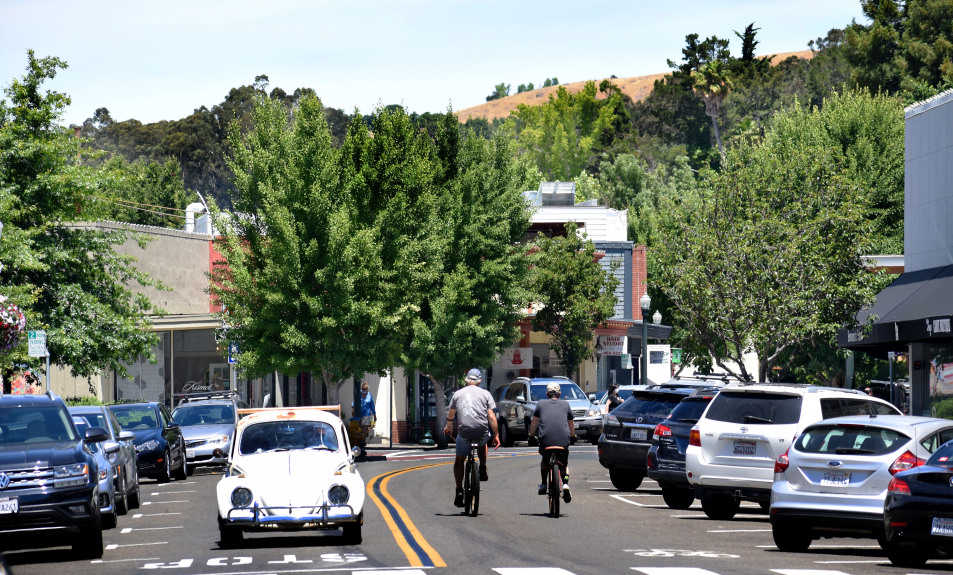Marin gets Canal community involved in COVID-19 response plan
Comments Off on Marin gets Canal community involved in COVID-19 response planMarin Independent Journal article by: Richard Halstead
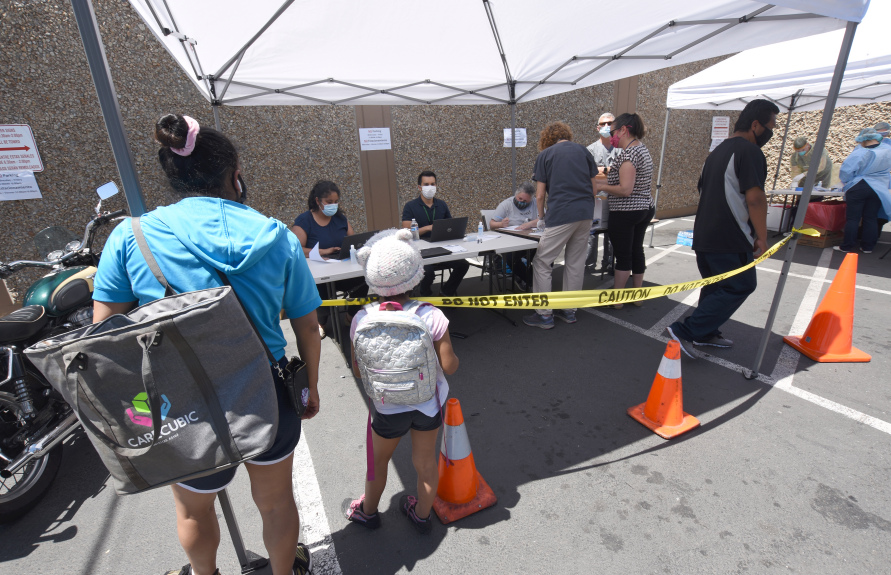
Marin’s public health officer detailed the approach to the COVID-19 crisis facing San Rafael’s predominantly Latino Canal neighborhood as the county prepares this week to continue reopening.
Dr. Matt Willis told the Board of Supervisors Tuesday that the Marin County Department of Health and Human Services in coordination with the city of San Rafael, Kaiser Permanente, Canal Alliance, Marin Community Clinics and MarinHealth began developing a strategy in mid July to empower the community to describe the problems the Canal faced and influence how the issues are addressed.
Willis said the Canal response effort consists of seven teams that meet weekly. The teams focus on epidemiology, outreach, health education, communication strategies, business and commerce, testing and barriers to quarantining.
While 16% of Marin’s population is Latino, Marin’s Latino community has accounted for 74% of the county’s coronavirus infections and 13% of the deaths caused by the virus.
On Friday, Omar Carrera, executive director of Canal Alliance in San Rafael, sent an open letter to Marin County and San Rafael officials in which he wrote, “The extreme gravity of the cluster of infections in our local Latino community has caused us to coordinate our efforts to reach out to you for a more directed, strategic, collaborative, policy-driven, and locally-responsive approach to this priority location, which has an alarmingly high concentration of cases.”
Regarding the Canal effort, Willis told supervisors a survey of Canal residents was done to “have a better sense of the voices of the community itself to describe the challenges and barriers they’re experiencing.”
Read the rest of this article on Marin Independent Journal website.
